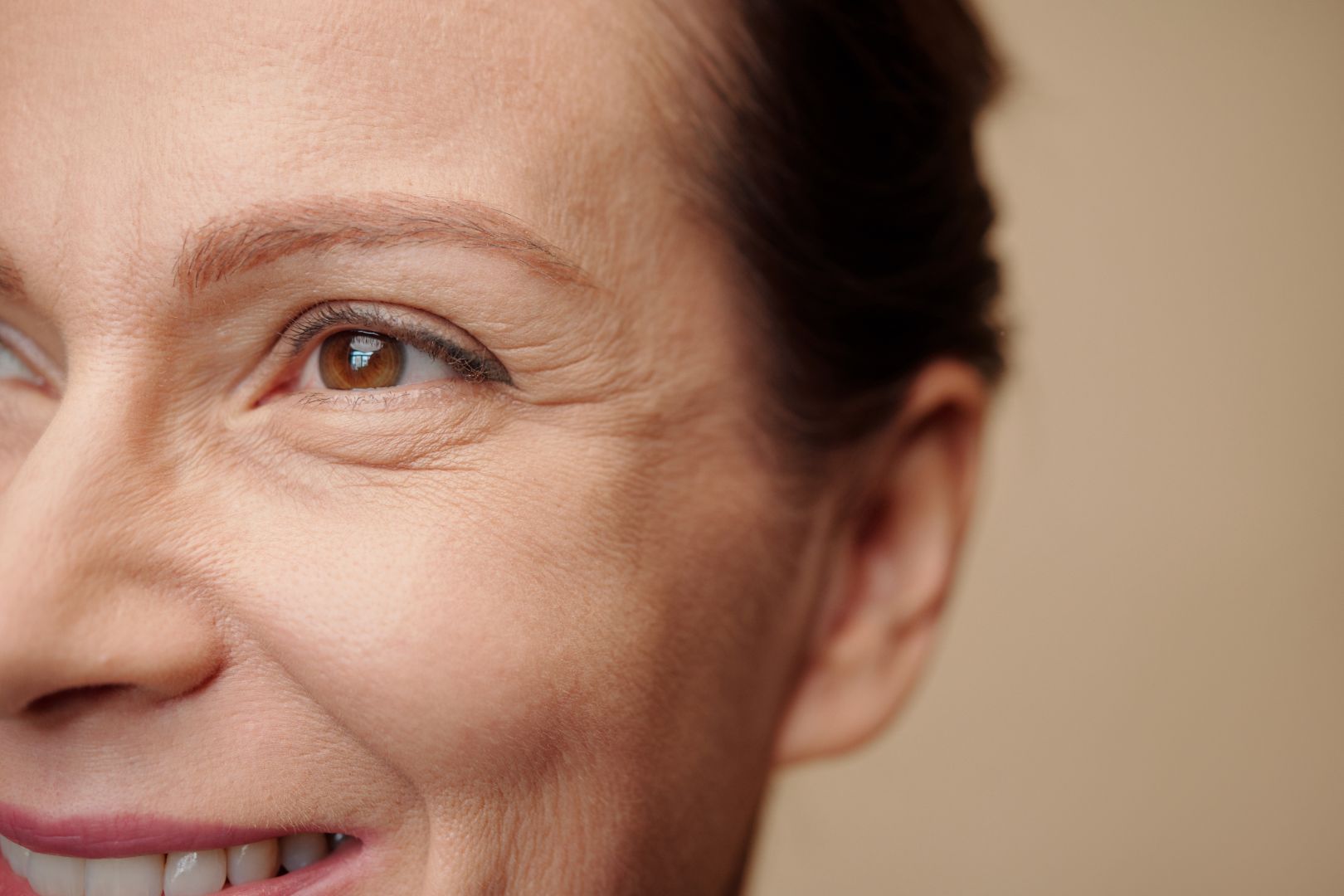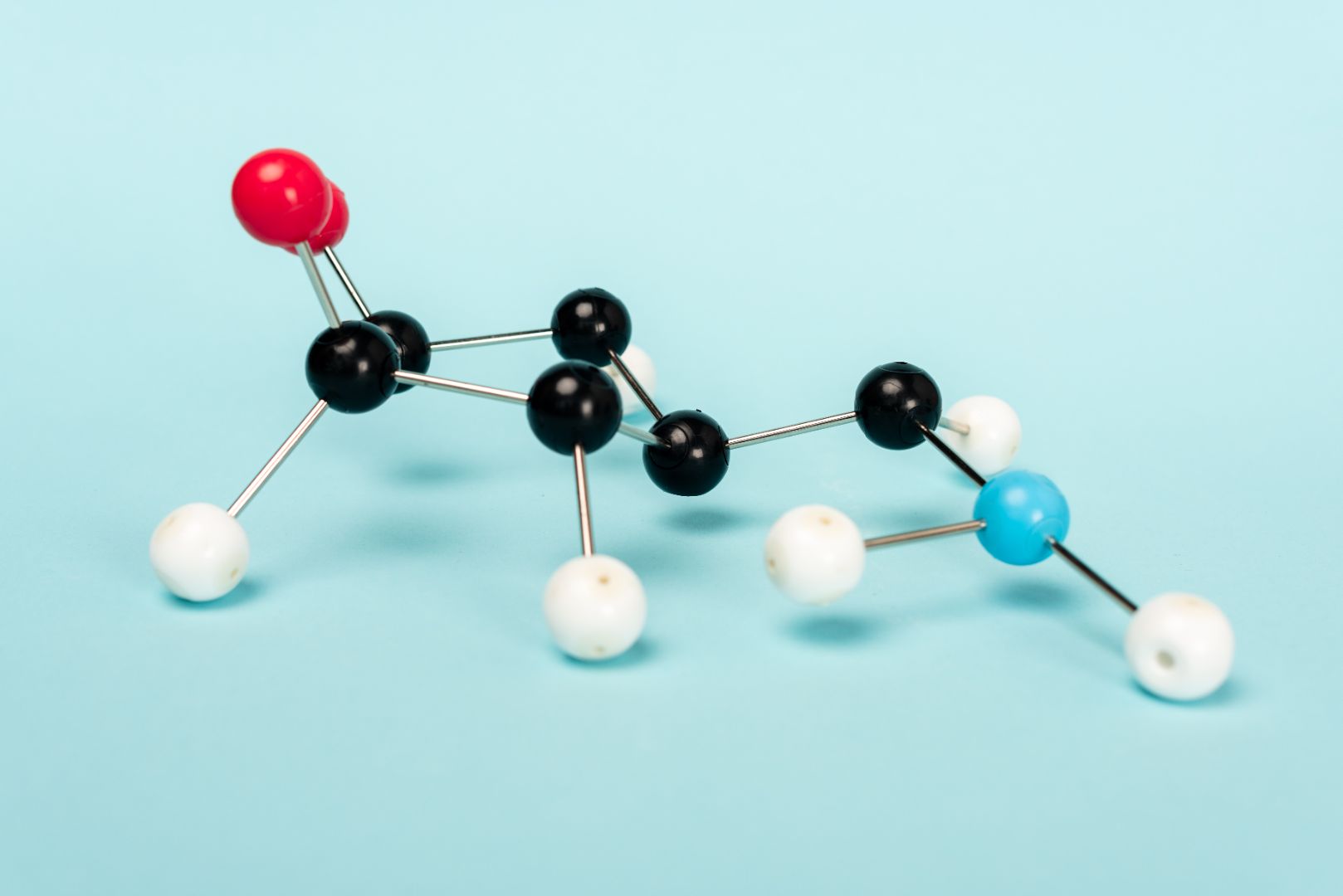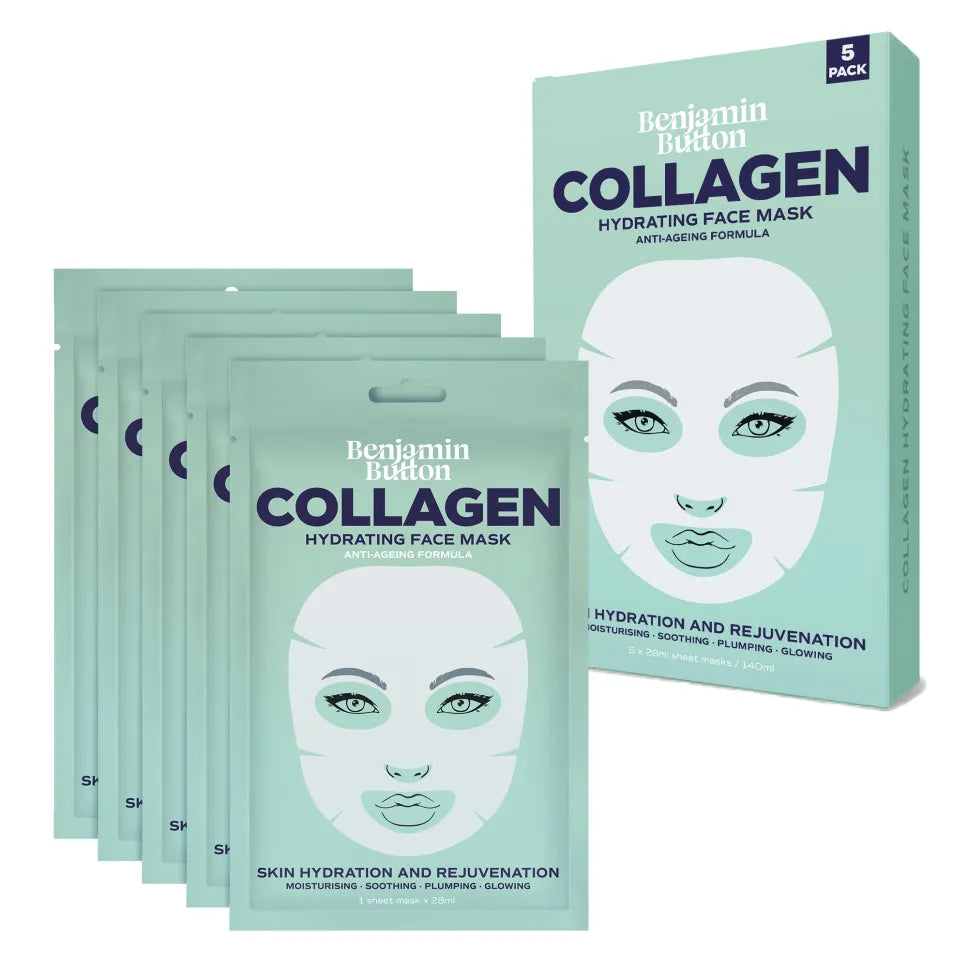The National Gallery and OPW Standoff Over X-ray Machine Placement
In a remarkable intersection of art conservation and public policy, the National Gallery is currently locked in a battle with the Office of Public Works (OPW) regarding the placement of a critical X-ray machine within its premises. This situation highlights the ongoing challenges faced in managing artworks and their preservation while adhering to national guidelines and infrastructure considerations.Major Benefits of the X-ray Machine
The anticipated benefits of incorporating an X-ray machine into the National Gallery’s conservation efforts cannot be understated. Below are three significant advantages:- Enhanced Preservation of Artworks: X-ray technology allows conservators to see beneath the surface layers of paintings, helping to identify any hidden problems before they escalate. This proactive approach ensures that valuable artworks receive timely care.
- Improved Analytical Capabilities: The machine aids in determining the materials and techniques used by artists, which is particularly beneficial for authentication and restoration processes.
- Informed Restoration Decisions: By using X-ray imaging, conservators can craft more precise strategies for restoration, reducing the likelihood of damage during the process.
Effectiveness of the X-ray Machine for Its Intended Concerns
The X-ray machine is crucial for the intended purpose of analysing and conserving artworks. Numerous studies have demonstrated its ability to reveal underlying layers of paint, canvas structure, and even previous restoration attempts. This technology provides conservators with a clearer understanding of the artwork's composition, enhancing their capacity to maintain the integrity of these invaluable pieces. Supporting evidence from conservation experts indicates that X-raying artwork can prevent irreversible damage by allowing professionals to identify issues before they become problematic. Museums worldwide increasingly rely on this technology to safeguard their collections, exemplifying its effectiveness in the field of art conservation.Preparation Required Before Use
Before using the X-ray machine, certain preparatory steps are necessary to ensure the safety of both the equipment and the artworks involved. Here are key considerations:- Cleansing: It is vital to clean the artwork thoroughly to remove any dirt or dust. This prevents contaminants from interfering with the X-ray process and allows for clearer images.
- Patch Testing: Ideally, a small patch test should be conducted on a section of the artwork that is less visible. This ensures that the X-ray process does not inadvertently cause damage to the piece.
- Consultation: Prior consultation with conservation experts is crucial to determine the appropriate settings and techniques suited to the specific artwork being examined.
Practical Tips for Effective Use of the X-ray Machine
To maximise the impact of the X-ray machine within the gallery, adopting effective practices is key. Here are three tips for optimising its use:- Regular Calibration: Ensure that the X-ray machine is regularly calibrated for accuracy. This guarantees that the readings are reliable and consistent.
- Document Findings: Maintain meticulous records of each examination. This documentation serves as a valuable reference for future restoration projects and provides historical insight into the artwork’s condition.
- Collaborate with Specialists: Work closely with specialists in both X-ray technology and art conservation. Their expertise can provide insights that enhance the overall efficacy of the analysis.
Customer Reviews & Ratings
While public opinions around the X-ray machine are not directly available as they would be for consumer products, feedback from professionals who have used similar technology is overwhelmingly positive. Conservators appreciate the depth of information X-rays provide, with many noting that it has revolutionised the way they approach restoration. Typically, ratings from conservation institutions often cite that such technology is indispensable and transformative, pinpointing its role in allowing conservators to make educated decisions about artwork treatment without the risk of damage.Reported Reactions and Considerations
In terms of reactions and who should exercise caution, there are minimal reported adverse effects directly related to the operation of an X-ray machine. However, individuals with specific allergies to imaging equipment materials, like some plastics or metals that may be found in surrounding settings, should proceed cautiously. It is also advisable for institutions to ensure the physical area where X-rays are conducted is adequately shielded to maintain safety standards for staff and visitors. Conservators should follow recognised protocols and guidelines to mitigate any risks.Competing Products Comparison
The landscape of X-ray technology in art conservation does have competitors, each offering unique attributes. Below are three competing products compared against key features:- XRF (X-ray Fluorescence) Analysers: These provide real-time elemental analysis of a painting’s composition, allowing for a broader understanding of the materials used.
- Infrared Reflectography: Utilising infrared light, this method enables conservators to see under layers, similar to X-ray, but is particularly effective in examining underdrawings.
- Ultrasonic Thickness Gauges: These devices measure the thickness of the paint and layers, giving conservators insight into potential weaknesses in the structure.
Each of these alternatives has its merits and depending on the specific needs of conservation, may offer varying degrees of insight into artworks.
Ultimately, the National Gallery's battle with the OPW for the appropriate placement of the X-ray machine is not just a matter of logistics but highlights the importance of prioritising the care and preservation of our priceless cultural heritage. As this dialogue continues, it will undoubtedly shape the future of art conservation within public spaces.























